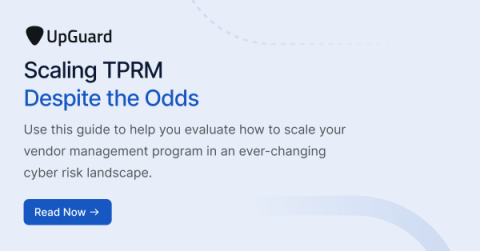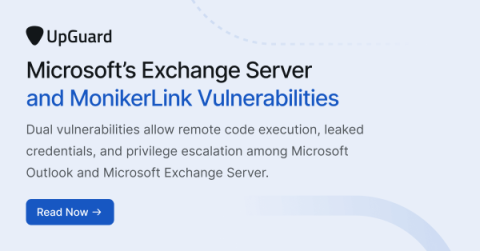Scaling Third-Party Risk Management Despite the Odds
Despite best efforts to accommodate third-party risk management (TPRM) processes that correspond with increased use of third-party vendors, incident outcomes seem to grow as well. The 2023 global average cost of a data breach was USD $4.45M, a 2.3% year over year increase. In the United States, the average cost of a breach is higher at USD $9.48M.











